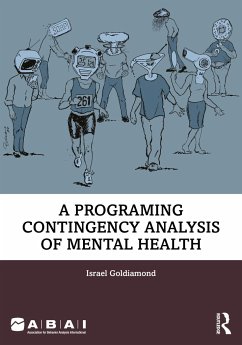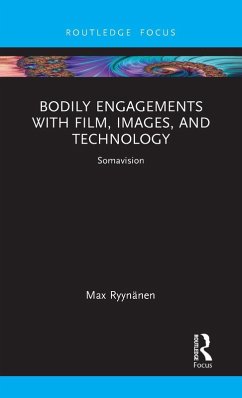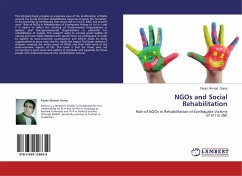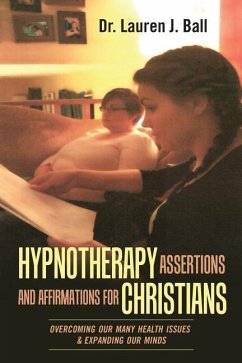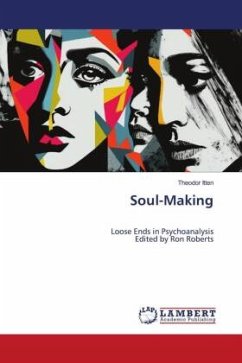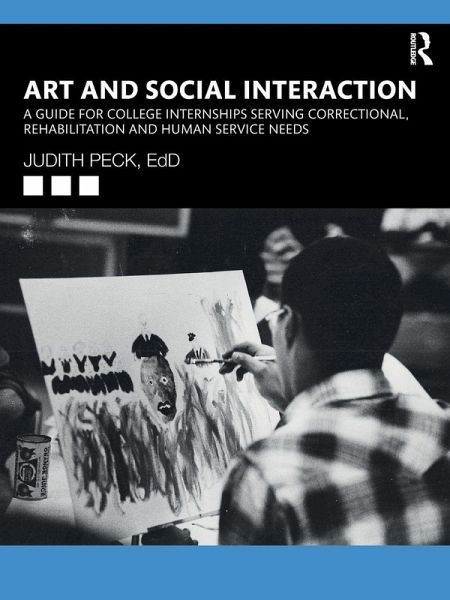
Art and Social Interaction
A Guide for College Internships Serving Correctional, Rehabilitation and Human Service Needs
Versandkostenfrei!
Versandfertig in 6-10 Tagen
35,99 €
inkl. MwSt.
Weitere Ausgaben:

PAYBACK Punkte
18 °P sammeln!
This manual contains the information needed for human service institutions, liberal arts colleges, and community volunteers to present a program of creative visual arts in jails, psychiatric facilities, drug rehabilitation centres, nursing homes, shelters and facilities for youth in need.By engaging in one-on-one artistic interaction with the individuals served, students not only perform community service but gain unique personal understanding of the major domestic issues of our time-crime, mental illness, substance abuse, domestic abuse and aging. The covered activities are designed to stimul...
This manual contains the information needed for human service institutions, liberal arts colleges, and community volunteers to present a program of creative visual arts in jails, psychiatric facilities, drug rehabilitation centres, nursing homes, shelters and facilities for youth in need.
By engaging in one-on-one artistic interaction with the individuals served, students not only perform community service but gain unique personal understanding of the major domestic issues of our time-crime, mental illness, substance abuse, domestic abuse and aging. The covered activities are designed to stimulate memory, acknowledge experience and achievement, and improve self-esteem. Delivering everything needed to set up the course in any liberal arts college, the book offers approaches for diverse populations and covers planning and execution, aesthetic and humanistic objectives, projected outcomes, and methods of evaluation. Techniques are presented for drawing, painting, collage, sculpture and crafts.
By adopting this manual, colleges with programs in art and social work, can provide students with education relevant to their lives and potential careers while providing a unique service to social service institutions.
By engaging in one-on-one artistic interaction with the individuals served, students not only perform community service but gain unique personal understanding of the major domestic issues of our time-crime, mental illness, substance abuse, domestic abuse and aging. The covered activities are designed to stimulate memory, acknowledge experience and achievement, and improve self-esteem. Delivering everything needed to set up the course in any liberal arts college, the book offers approaches for diverse populations and covers planning and execution, aesthetic and humanistic objectives, projected outcomes, and methods of evaluation. Techniques are presented for drawing, painting, collage, sculpture and crafts.
By adopting this manual, colleges with programs in art and social work, can provide students with education relevant to their lives and potential careers while providing a unique service to social service institutions.





